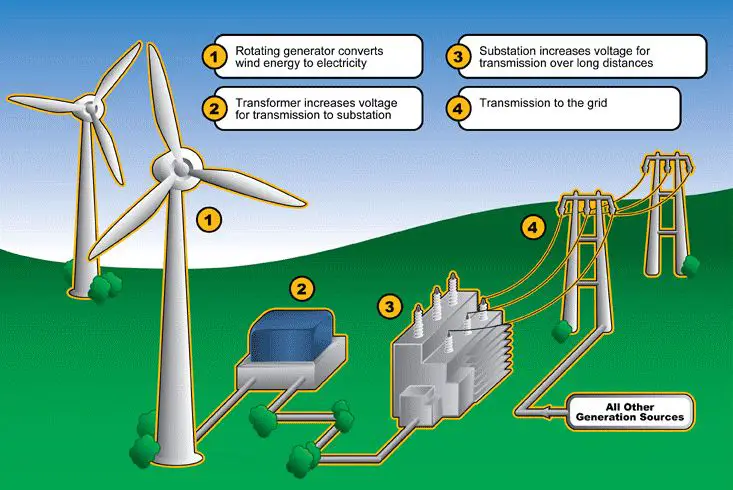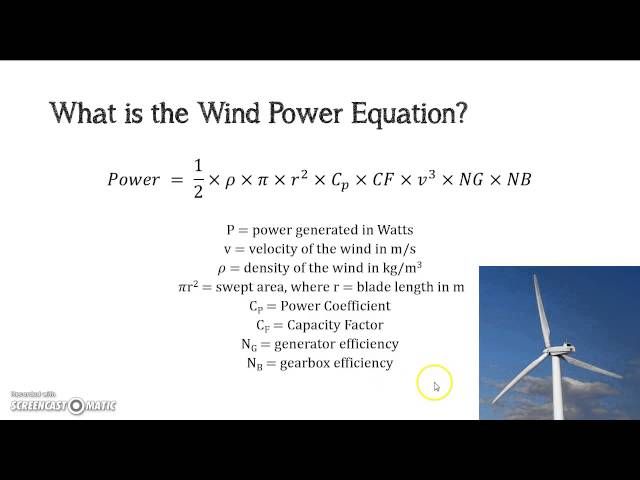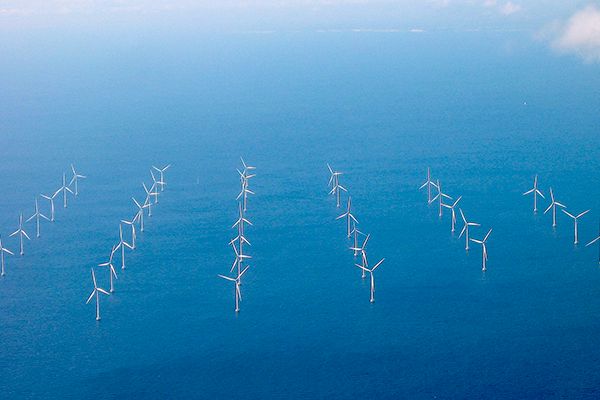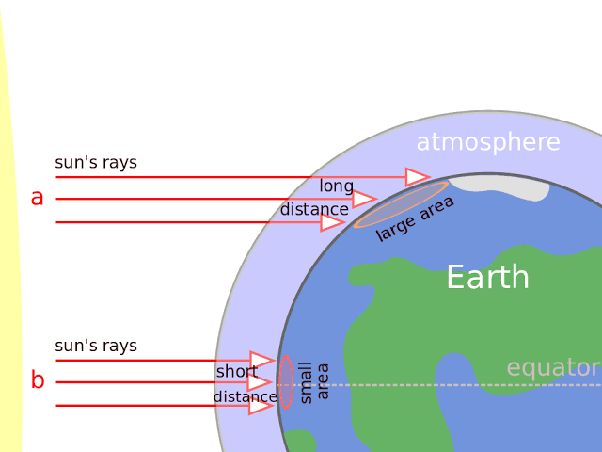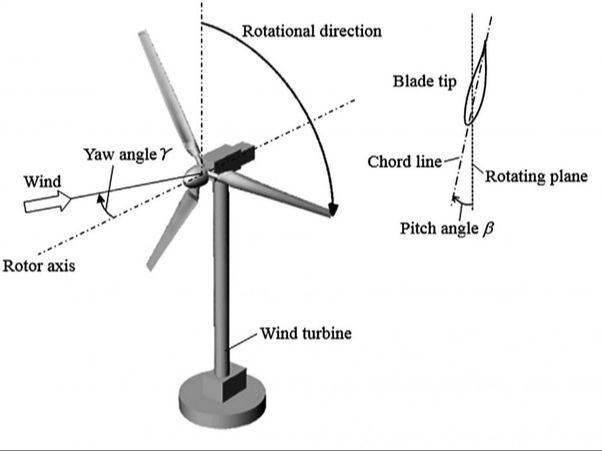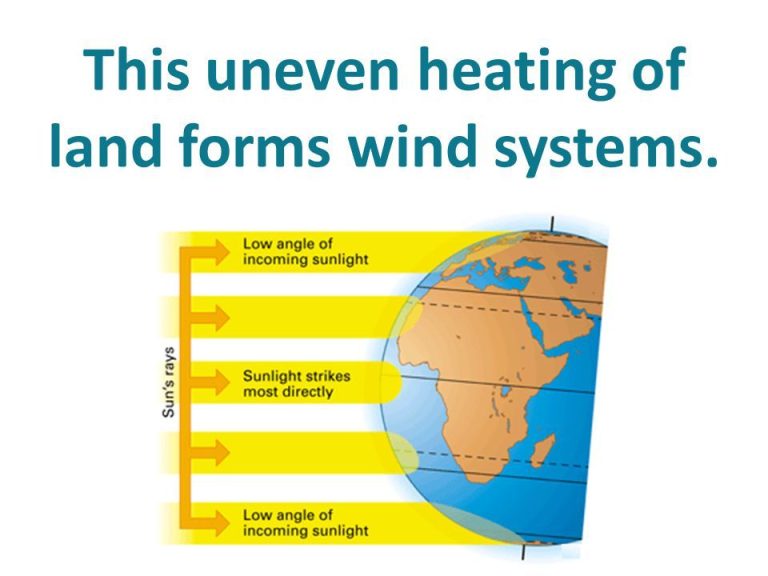Who Is The Leading Wind Power Producer?
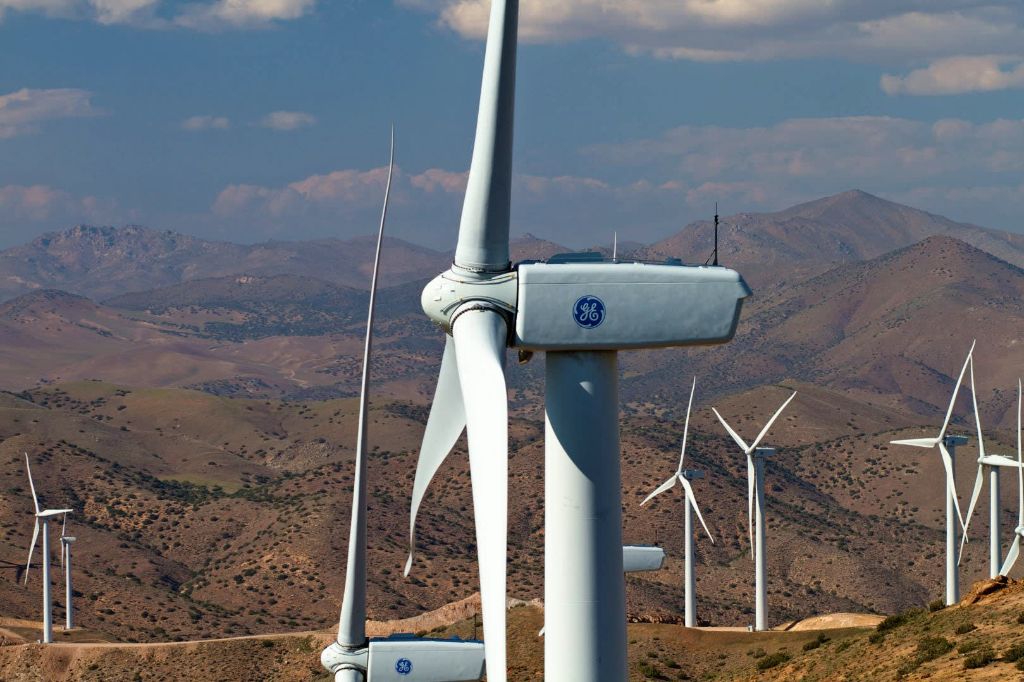
Wind power has become an increasingly important source of renewable energy around the world. Wind turbines harness the kinetic energy of wind to generate clean electricity. Unlike fossil fuels, wind power does not emit greenhouse gases or other pollutants. With concerns about climate change and energy security growing, many countries are investing in wind power to diversify their energy mix. Installed wind capacity has expanded rapidly over the past decade. Identifying the leading wind power producers provides insight into which countries and companies are driving growth in this renewable energy sector.
Measuring Wind Power Production
Wind power production can be measured in several ways, including installed capacity, actual power generation, and growth rates.
Installed capacity refers to the maximum energy output of wind turbines measured in megawatts (MW) or gigawatts (GW). It represents the potential wind power production if turbines operate at maximum capacity. Global installed wind power capacity reached 743 GW by the end of 2019.
Actual wind power generation measures the amount of electricity generated over a period of time, typically annually. It is measured in megawatt-hours (MWh) or gigawatt-hours (GWh). In 2019, global wind power generation reached 1,427 terawatt-hours.
Growth rates show the percentage increase in installed capacity or power generation over a given time period. High growth indicates rapidly expanding wind power production and new installations coming online. Global wind power capacity grew at an average annual rate of 17% from 2010-2019.
Other metrics like capacity factor, load factor, and wind turbine performance coefficients help evaluate efficiency and productivity of wind power assets. Overall, examining multiple measurements provides a comprehensive view of wind energy production and expansion.
Top Producers by Installed Capacity
When looking at top wind power producers, one key metric is total installed wind power capacity. This refers to the maximum energy output potential of all the wind turbines installed in a country. Here are the top countries globally by total installed wind power capacity:
- China – 236 GW
- United States – 122 GW
- Germany – 61 GW
- India – 38 GW
- Spain – 27 GW
- United Kingdom – 24 GW
- France – 17 GW
- Brazil – 15 GW
- Canada – 13 GW
- Italy – 10 GW
As of 2019, China far surpassed all other countries with over 236 gigawatts of installed wind power capacity. The United States came in second with around 122 gigawatts. Germany, India, Spain, the UK, France, Brazil, Canada and Italy rounded out the top 10 producers by total installed wind power capacity.
Top Producers by Wind Generation
According to the World Population Review https://worldpopulationreview.com/country-rankings/wind-power-by-country, the top 5 wind power generating countries in 2021 were:
- China generated 466.5 TWh of wind power, accounting for 29% of global wind generation.
- The United States generated 380.2 TWh of wind power, accounting for 23.7% of the global total.
- Germany produced 140.6 TWh of wind power, making up 8.8% of the worldwide total.
- India generated 105.5 TWh of wind power, comprising 6.6% of global generation.
- Spain produced 62.4 TWh of wind power, accounting for 3.9% of the global total.
In terms of cumulative installed wind capacity, the top 5 countries as of 2021 were:
- China – 336 GW
- United States – 135 GW
- Germany – 64 GW
- India – 40 GW
- Spain – 28 GW
Growth Leaders
In recent years, some smaller countries have seen extremely rapid growth in wind power installations, as they move to expand renewable energy and reduce dependence on fossil fuels.
For example, Vietnam has gone from nearly zero wind power capacity in 2016 to over 2,000 MW by the end of 2021. The country is aiming for over 11,000 MW of wind power by 2030 as part of its renewable energy push.
Other high growth countries include Chile, which has expanded wind power capacity over 16 times in the past five years. Brazil and South Africa have also seen wind power capacity grow by over 7 times since 2016.
Several North African and Middle Eastern countries like Morocco, Egypt, and Jordan are rapidly building out wind farms to harness their excellent wind resources and meet clean energy targets. Jordan’s wind capacity has jumped over 14 times in the last five years.
With wind power costs continuing to fall and more countries setting renewable energy goals, rapid capacity growth is likely to continue in emerging wind markets seeking to expand clean energy access and security.
Wind Power Market Leaders
The global wind turbine manufacturing industry is dominated by a few major players. According to Blackridge Research, the top wind turbine manufacturers in 2022 based on market share were: [1]
Vestas (Denmark) – Vestas held the #1 spot with over 16% global market share in 2021. The company manufactures both onshore and offshore wind turbines. Vestas has installed over 117 GW of wind capacity across 83 countries.
Siemens Gamesa (Spain) – With 11% market share, Siemens Gamesa was the second largest wind turbine supplier globally. The company provides onshore and offshore wind turbines and has installed over 113 GW worldwide.
Goldwind (China) – Goldwind captured 9.6% of the global wind turbine market in 2021. The company is China’s largest wind turbine manufacturer and has expanded internationally. Goldwind focuses on onshore wind turbines and has over 62 GW installed.
GE Renewable Energy (USA) – With over 50 GW installed capacity, GE Renewable Energy held 5.6% market share in 2021. The company manufactures both onshore and offshore wind turbines. GE has a strong presence in North America.
Envision (China) – Envision is a rising Chinese wind turbine supplier with over 54 GW installed worldwide and 4.5% market share in 2021. The company provides both onshore and offshore wind turbines.
Challenges
The wind industry faces some key difficulties and limitations. One challenge is the intermittent nature of wind, which can create inconsistencies in electricity production. Wind power relies on the weather, so energy output can fluctuate based on wind availability. periods of low wind production require backup energy sources like natural gas plants (Grand Challenges in Wind Energy Science).
Another challenge is the aesthetics and land use of large wind turbines. Many people find them visually unappealing, leading to “not in my backyard” opposition. Turbines also require substantial land areas onshore and offshore (Wind energy – opportunities and challenges). Additionally, wind farms can negatively impact wildlife habitats and migration patterns.
Despite advances in technology, wind energy remains more expensive than legacy power generation from fossil fuels in some markets. The upfront capital costs for wind farms and additional transmission infrastructure can also be prohibitive (Advantages and Challenges of Wind Energy).
Future Outlook
Experts project strong growth for the wind power industry over the next several decades. According to projections from the U.S. Department of Energy (https://www.energy.gov/map-projected-growth-wind-industry-now-until-2050), wind generation capacity is expected to reach over 500 GW by 2050 in the United States alone. This represents more than a threefold increase from 2020 levels and an addition of over 180 GW of new capacity. Significant growth is expected globally as well. The International Energy Agency (https://www.iea.org/energy-system/renewables/wind) forecasts that global wind power capacity will reach 1,140 GW by 2026, up from 743 GW in 2022.
This growth is being driven by continuing advancements in wind turbine technology, including larger and more efficient turbines, taller towers, and improvements in control systems. These technology enhancements allow for increased energy capture, lower operating costs, and the ability to develop wind farms in new locations. Policy support, decreasing costs, and the overall competitiveness of wind power compared to fossil fuels will also facilitate expansion of wind generation worldwide. With its environmental benefits and cost-effectiveness, wind power is positioned to play an increasingly important role in the global energy mix in the decades to come.
Leading Wind Power Producer
According to the Global Wind Energy Council, the leading wind power producer is currently China. In 2020, China produced 293,490 GWh of wind energy, accounting for 34% of the global market and making it the world’s largest wind power nation. China also has the largest cumulative installed capacity, with 284 GW by the end of 2020, representing 36% of the cumulative global total. The nation has been accelerating wind farm construction and is well on track to meet its 2030 target of 1,200 GW of total wind capacity. Other key metrics for China’s wind power leadership include having 22 of the world’s 30 largest wind turbine manufacturers headquartered domestically. The market is dominated by Goldwind, which is the 2nd largest global manufacturer. With its massive wind power scale and robust domestic supply chain, China is firmly established as the current global leader in wind energy production.
Conclusion
To recap, several key nations lead the world in wind power capacity and generation. China has the most installed wind capacity at over 280 GW, while the US leads in actual wind power produced annually at over 300 TWh. Germany, India, Spain and the UK round out the top ranks for total installed wind farms. However, on a per capita basis Denmark generates the most wind power relative to its population size.
Rapid growth in wind power shows its increasing viability as a renewable energy source. Top growth markets include China, the US, Germany, India and Brazil. Meanwhile, Vestas, Siemens Gamesa and GE remain industry leaders based on their global market share.
Continued development of wind power will be crucial for nations seeking to reduce reliance on fossil fuels and meet climate change goals. Wind energy still has room to expand its share of electricity generation across most countries. Technological improvements allowing wind turbines to operate more efficiently at lower wind speeds can also open up new geographies for wind farm potential.

